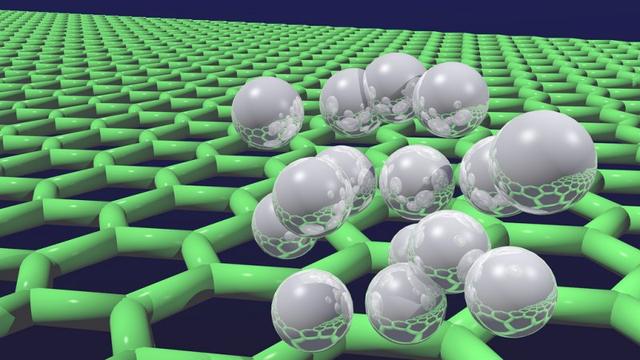Cancer patients often need to use highly toxic chemotherapy drugs in chemotherapy. Because of the non-specificity of the drug, while killing the cancer cells, it also kills normal cells and damages normal tissues and organs. In fact, more than 70% of cancer patients receiving chemotherapy eventually die from drug toxicity. Is it possible to use nanomaterials or molecules that are not toxic to normal cells and tissues, so that these materials or molecules enter the tumor to produce toxicity or cause toxic effects? Recently, the team of Shi Jianlin, a researcher at the Shanghai Institute of Ceramics of the Chinese Academy of Sciences, initially realized this idea by regulating the oxygen component or reactive oxygen species inside the tumor. This opens up the possibility of future chemotherapy with no toxic side effects. Related research results have been published in Nature-Nanotechnology.
On the one hand, the team used their first nuclear-targeted drug delivery strategy in the world to directly transport photosensitizers into the nucleus of cancer cells, thereby achieving the purpose of effectively inhibiting tumor growth under extremely low light conditions; The nano-sized scintillation particle/semiconductor core-shell structure is also designed to convert high-energy rays into ultraviolet/visible excitation semiconductor particles by using scintillation particles under high-depth depth X-ray irradiation, thereby generating semiconductor particles. Photogenerated electrons and holes. The photogenerated holes can directly oxidize water molecules and produce ROS such as hydroxyl radicals, so that tumor treatment can continue to produce therapeutic effects.

The researchers loaded non-toxic metal porphyrin molecules into the pores of the same non-toxic mesoporous silicone nanoparticles. When these particles were phagocytosed by the tumor, a simple external ultrasound was applied, and the morpholine molecules were Will decompose to release ROS and metal ions. ROS kill cancer cells, and specific metal ions can be used for magnetic resonance imaging of tumor sites to monitor and evaluate the treatment process.
On this basis, the Shi Jianlin team proposed the concept of tumor therapy for chemical kinetics. A peculiar and novel nanoparticle was synthesized in a targeted manner by a simple method. The nanoparticle can rapidly dissociate and release a large amount of ferrous ions in the weak acidic environment of the tumor cell interstitial; while the hydrogen peroxide accumulated in the ferrous ion disproportionation tumor generates a large amount of hydroxyl radicals; finally, the hydroxyl radical causes A series of oxidative damages such as protein denaturation and DNA fragmentation of tumor cells eventually cause apoptosis of cancer cells. The final product of this nanoparticle in the tumor is biosafety iron ions, and there is no potential toxicity of long-term retention of traditional drug carriers.
Shi Jianlin said that the rapid growth of tumors depends on the supply of sufficient oxygen components and nutrients. In fact, the vasculature of the human body feeds the tumor. For this reason, a completely different strategy from the above active oxygen component is that if a certain kind of nanoparticles that can enter tumor tissues and cells can be utilized, these particles can largely consume oxygen molecules in the tumor while blocking the vascular system therein, preventing With the supply of external oxygen molecules and nutrients, it is possible to achieve tumor starvation treatment.
Tg Concentrates,Fish Oil 5/25 Tg,5/25 Tg Tg Concentrates,Fish Oil Omega-3
ZHOUSHAN SINOMEGA BIOTECH ENGINEERING CO.,LTD , https://www.sinomegabiotech.com